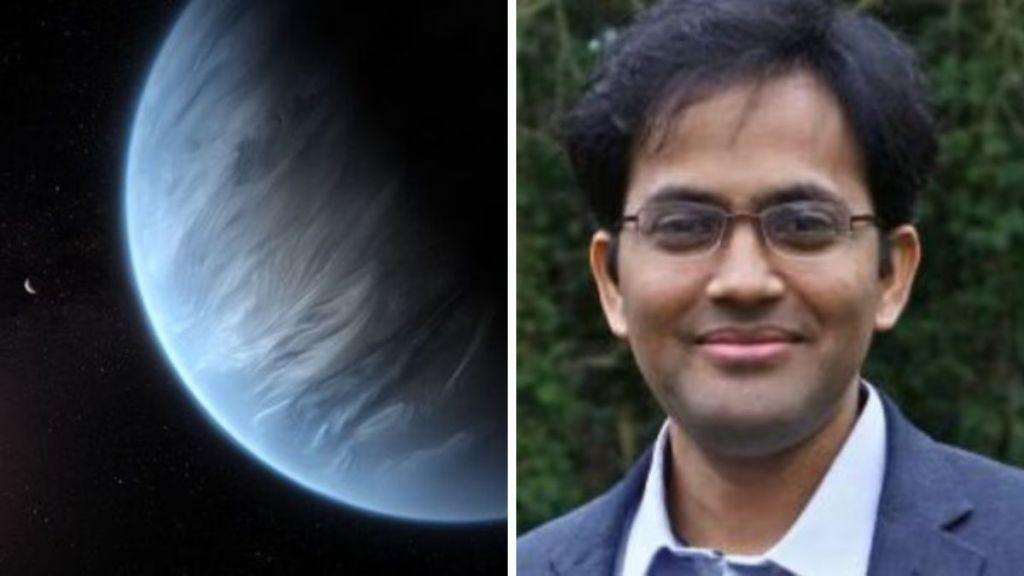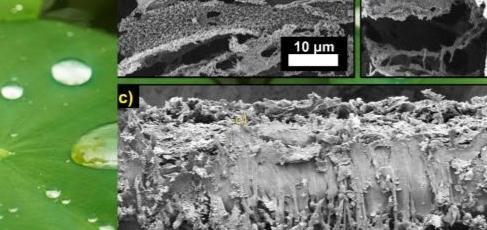
Indian-Origin Scientist Led Team that Discovered ‘Strongest Evidence’ Yet of Alien Life
In a groundbreaking discovery, a team of scientists led by Indian-origin scientist Dr. Nikku Madhusudhan has found the strongest evidence yet of possible life beyond our solar system. The team, based at the University of Cambridge, discovered signs of life in the atmosphere of K2-18b, a planet located 120 light-years away from Earth. This remarkable finding has sent shockwaves through the scientific community and has sparked widespread excitement about the possibility of extraterrestrial life.
Dr. Madhusudhan, a renowned astrobiologist and planetary scientist, has made significant contributions to our understanding of exoplanetary atmospheres and the search for life beyond Earth. A graduate of IIT-BHU and MIT, he has held research roles at Yale, Princeton, and Cambridge, and has published numerous papers on exoplanetary science.
The discovery of alien life on K2-18b was announced earlier this year, but the significance of the finding has only recently come to light. According to Dr. Madhusudhan, the team’s findings provide the strongest evidence yet of possible life beyond our solar system. “We have found evidence of a thick atmosphere surrounding K2-18b, which is rich in water vapor and methane,” he explained in an interview. “These gases are often associated with biological activity, and our findings suggest that there could be life present on this planet.”
K2-18b is a super-Earth, a type of exoplanet that is slightly larger than our own planet. It orbits a small, cool star in the constellation Leo and is thought to be a temperate world, with surface temperatures that may be suitable for life as we know it. The planet’s atmosphere is rich in gases that are associated with biological activity, including water vapor and methane.
To make the discovery, Dr. Madhusudhan and his team analyzed data from the Hubble Space Telescope and the Spitzer Space Telescope. They used a technique called transit spectroscopy, which involves measuring the light that passes through an exoplanet’s atmosphere as it orbits its star. By analyzing the light spectrum, the team was able to determine the chemical composition of K2-18b’s atmosphere.
The team’s findings are significant not only because they provide evidence of possible life beyond our solar system, but also because they offer insights into the conditions that may be necessary for life to exist on other planets. “Our discovery suggests that the presence of water vapor and methane in an exoplanet’s atmosphere could be a strong indicator of biological activity,” Dr. Madhusudhan explained.
The search for extraterrestrial life is a long-standing goal of astrobiology, and the discovery of life on K2-18b is a major breakthrough in this field. The finding has significant implications for our understanding of the universe and our place within it. “The discovery of life on K2-18b is a reminder that we are not alone in the universe,” Dr. Madhusudhan said. “It encourages us to continue exploring and searching for life beyond our solar system.”
Dr. Madhusudhan’s team is now planning further research to confirm the presence of life on K2-18b and to learn more about the planet’s atmosphere and potential biosignatures. The team is also exploring the possibility of future missions to study the planet in more detail.
The discovery of alien life on K2-18b is a testament to the power of scientific research and collaboration. Dr. Madhusudhan’s team worked together with scientists from around the world to make this groundbreaking discovery. “This research would not have been possible without the collaboration and expertise of many scientists,” Dr. Madhusudhan noted.
As we continue to explore the universe and search for life beyond our solar system, discoveries like this one remind us of the importance of scientific inquiry and the potential for new and exciting discoveries. The search for extraterrestrial life is an ongoing and exciting area of research, and Dr. Madhusudhan’s team is at the forefront of this effort.
Source:






